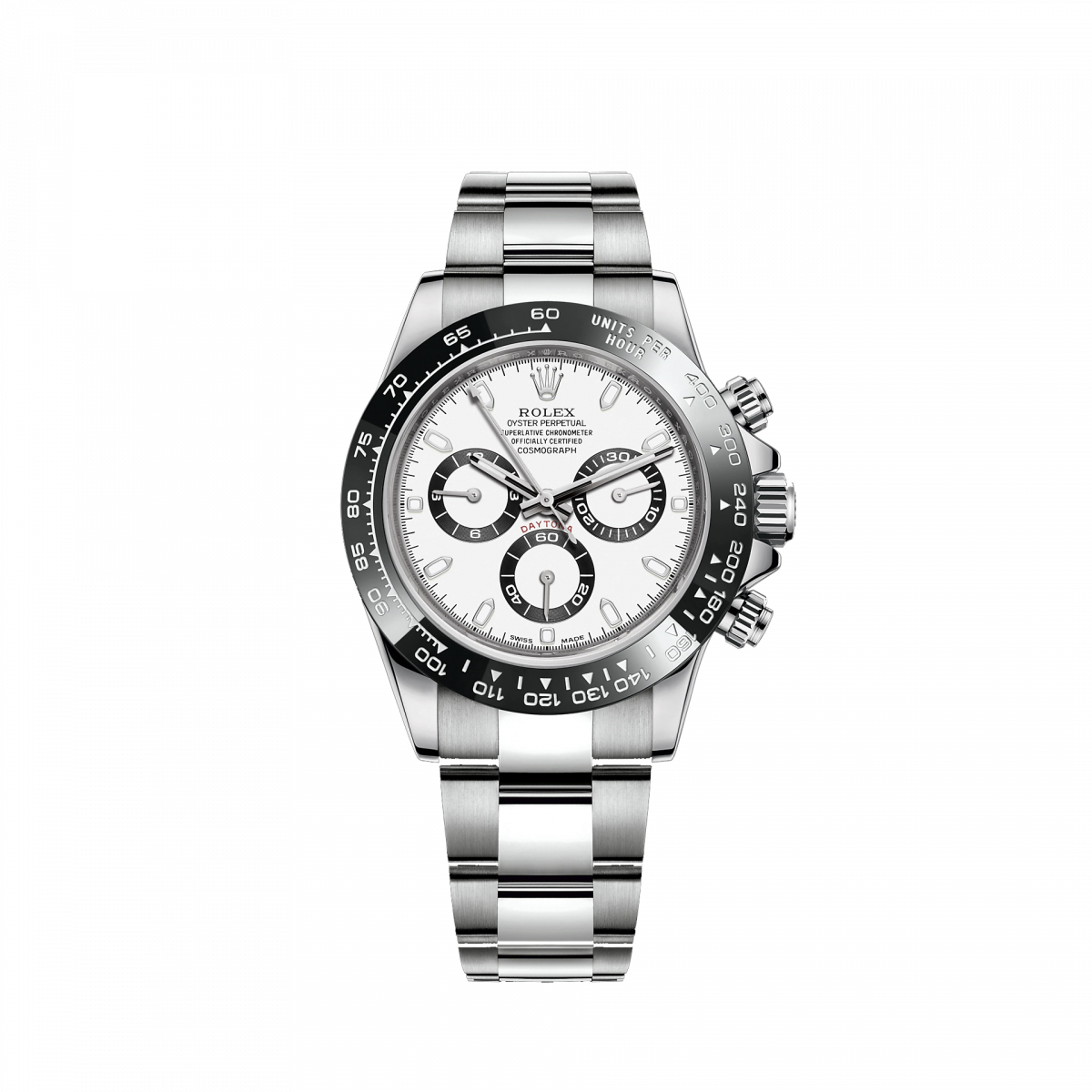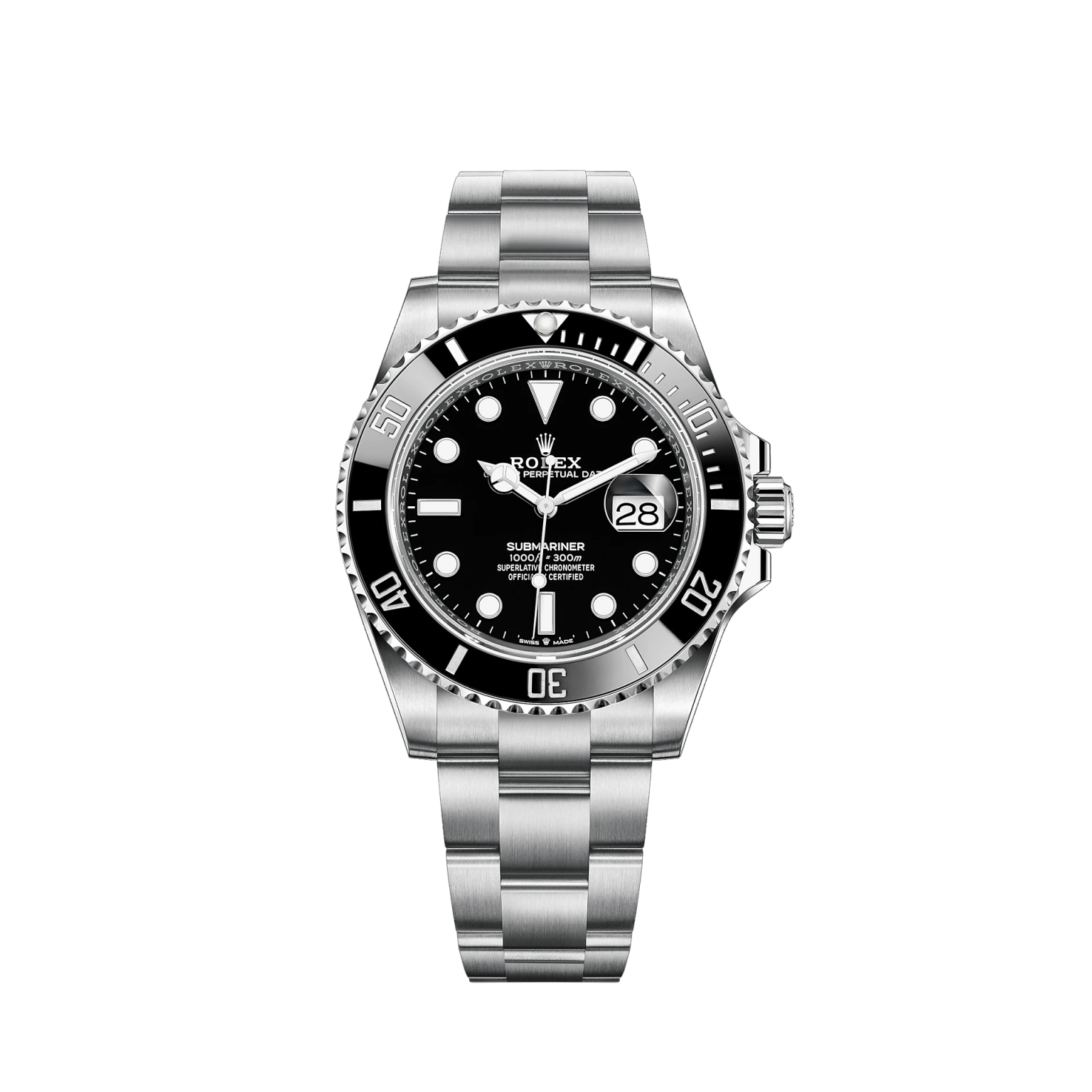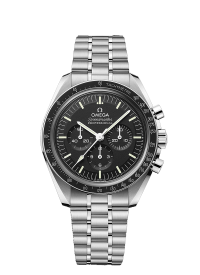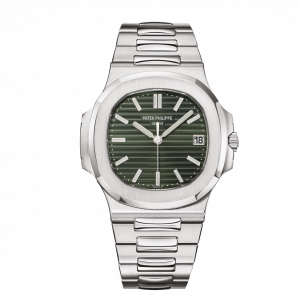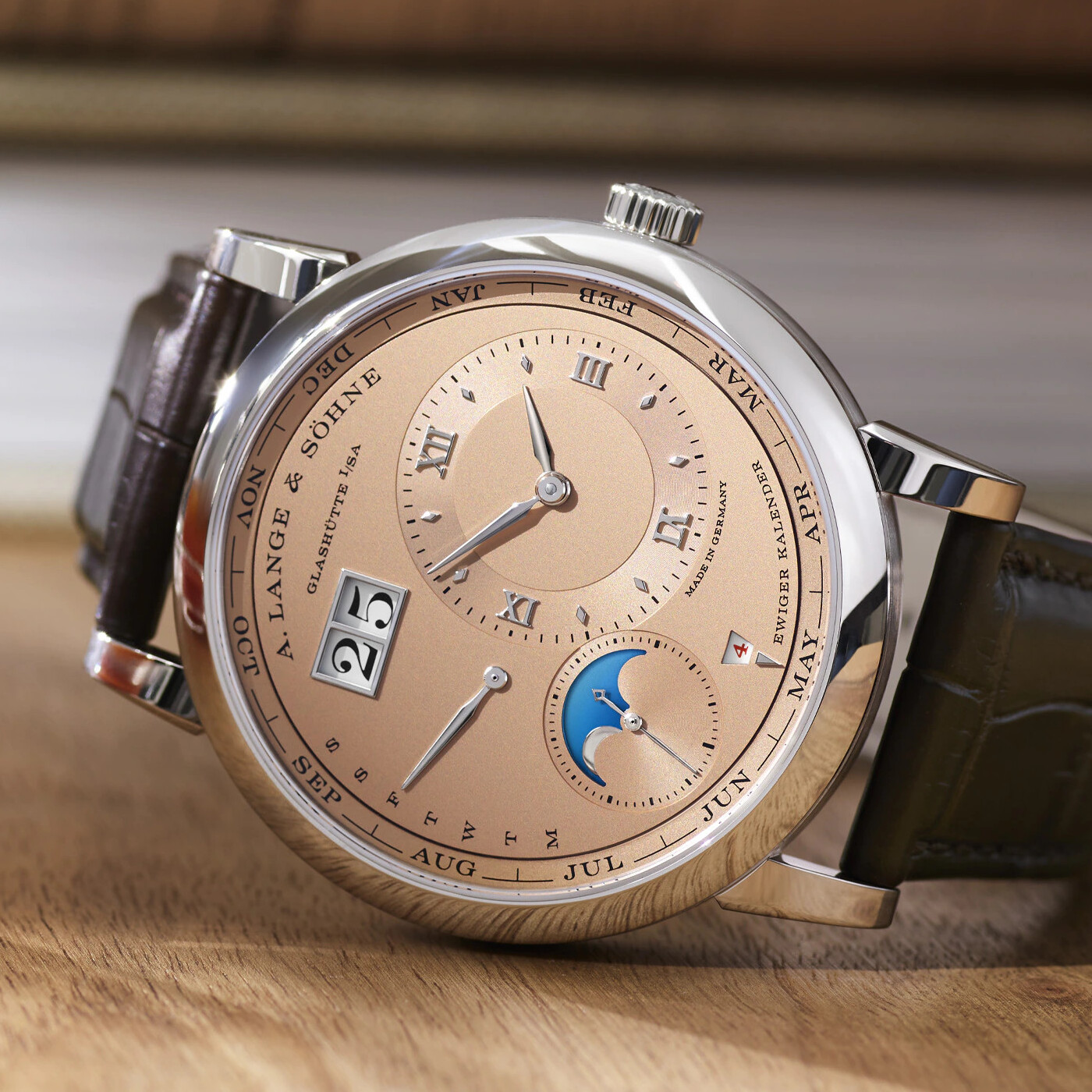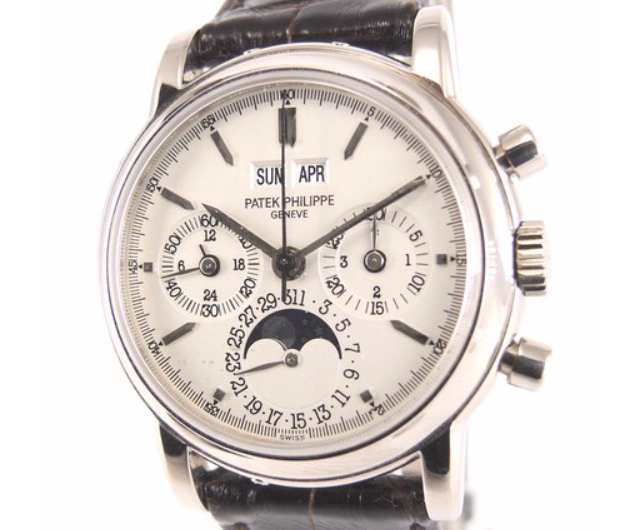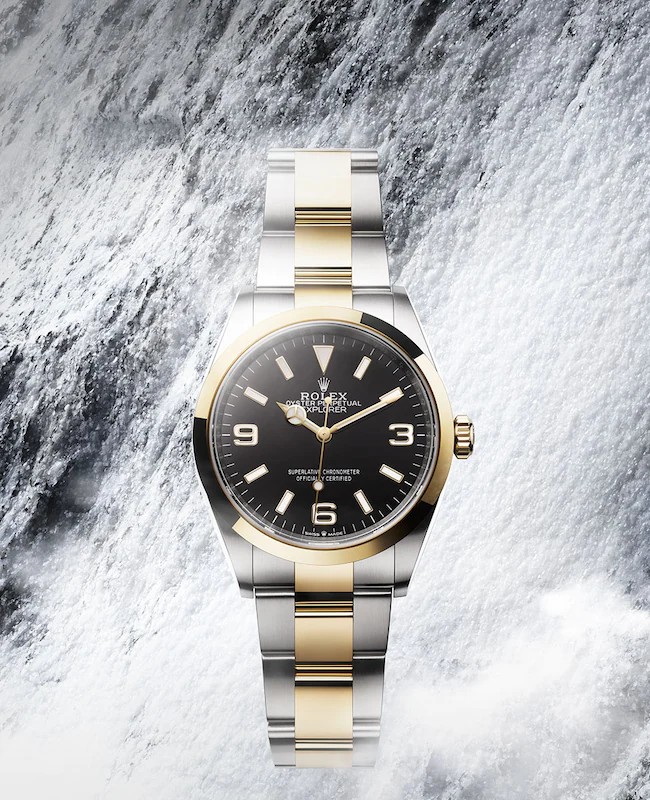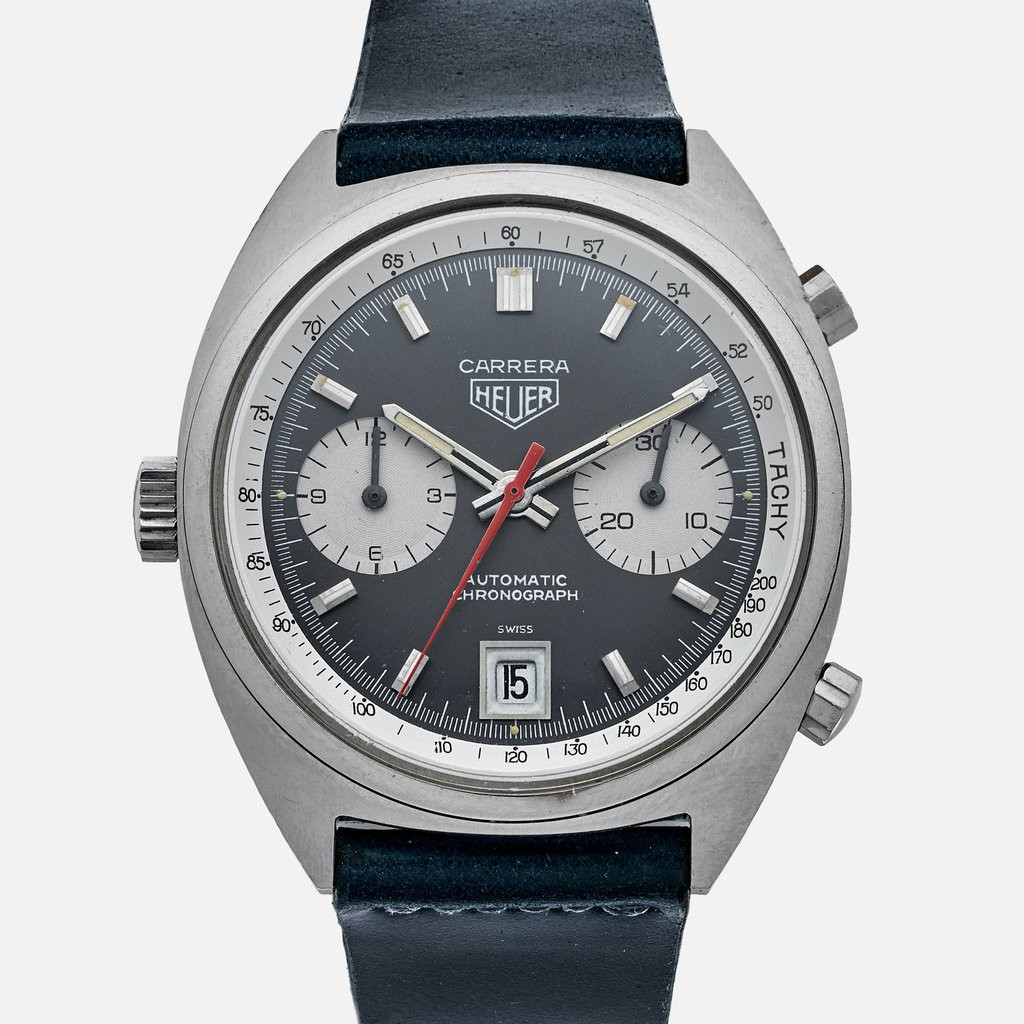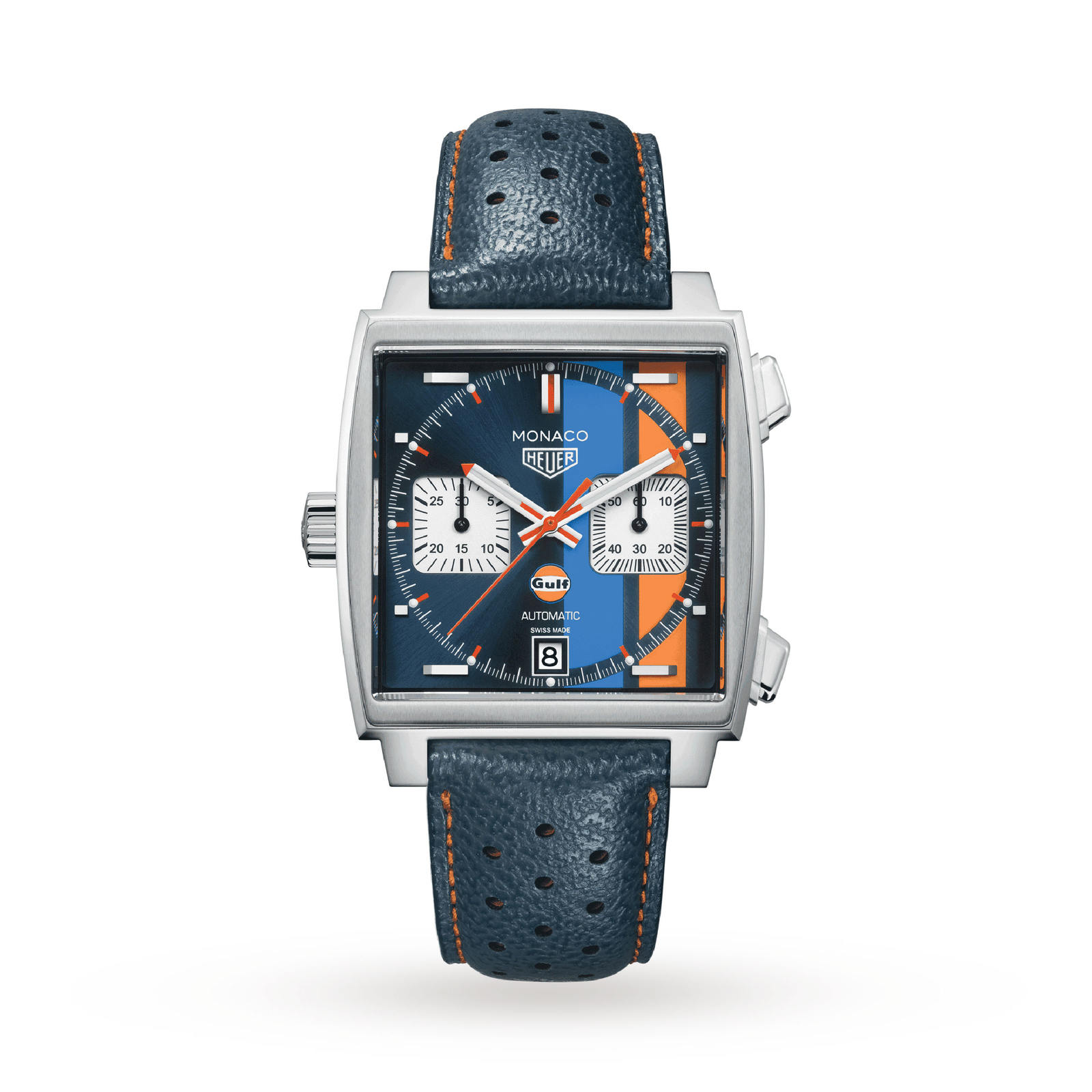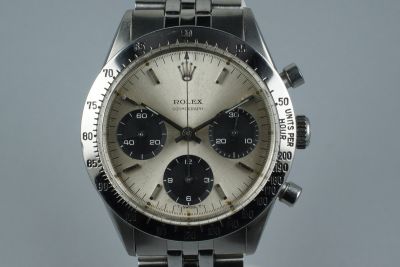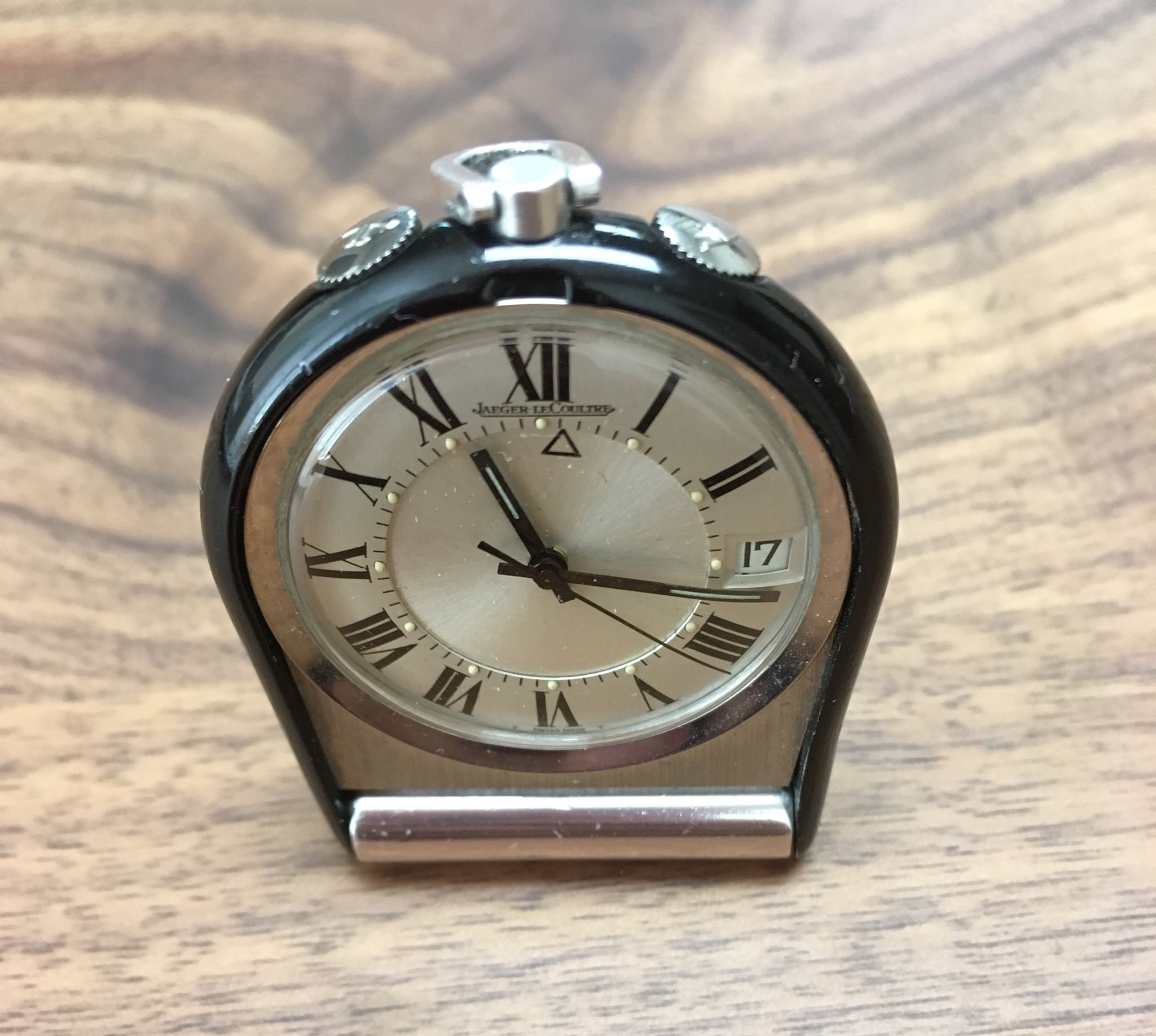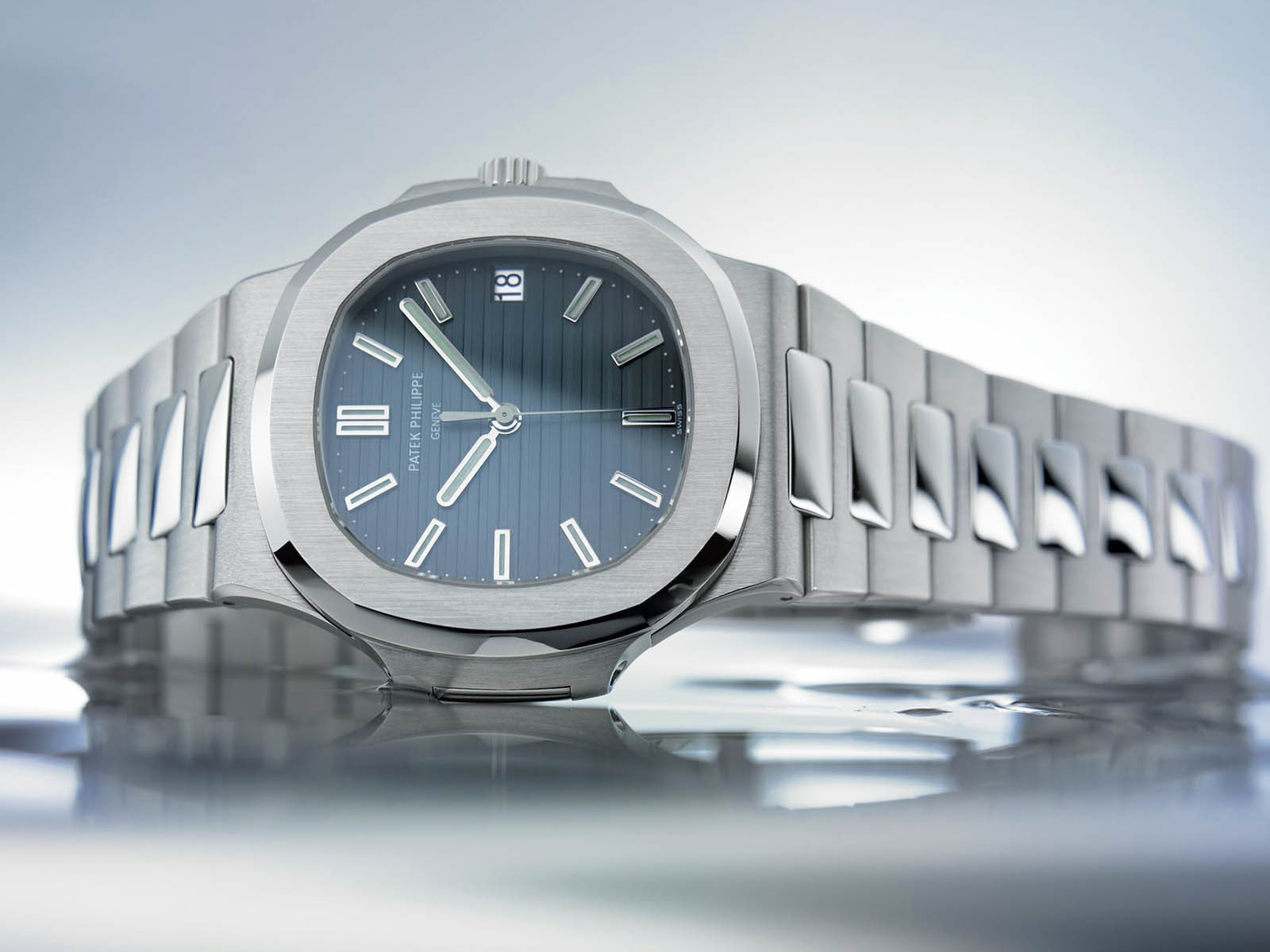Dr. N.
Soviet watchmaking and the space race
Step 1 —
As mentioned in the article on the space race, in the competition with the USA, it is Moscow that catches the first big hits. The first artificial satellite in orbit, the first animal in space, the first man in space, the first cosmonaut woman. And again, the first crew in orbit, the first spacewalk, the first extraplanetary probe ... The Soviet space award is undoubtedly rich. Many of these milestones have been accompanied by watches that are little known today, but which have established primates in the cosmos well before their Swiss counterparts worn on the wrist by the Americans.
Let's see together some of these great successes, coming from a world, that of the Socialist Bloc, which is rarely associated with watchmaking.
The history of the Soviet clock
Russian watchmaking has its roots in the Tsarist era. The company now known as Raketa, has been involved in making jewelry for the Tsar for over two centuries. The year of foundation is 1721, and the name "Petrodvoretz Factory", since it is located near the city just founded by Tsar Peter the Great, and which takes its name from him, St. Petersburg. The experience in the gemological field is also precious in Soviet times, in the XNUMXs, when Petrodvoretz, future Raketa, was commissioned to create the famous red stars that still adorn the towers of the Kremlin today.

In 1930, Poljot was founded in Moscow: it initially produces pocket watches with American machinery.
The company is considered of considerable strategic importance: the industrialization of the USSR and the development of the railway sector make it necessary to have reliable and precise means for measuring time. Starting in the XNUMXs, all the other Soviet watchmaking brands were gradually founded. Their names are evocative: in addition to the aforementioned Poljot and raketa, respectively "Volo" and "Razzo", we have Vostok, or Oriente, Slava, which means Gloria, Pobeda, Vittoria, Molnija, Fulmine, Luch, Raggio, and others . Their purpose beyond names is only one: to measure time reliably, to be mass produced, and to testify to the quality and efficiency of the Soviet industrial sector.
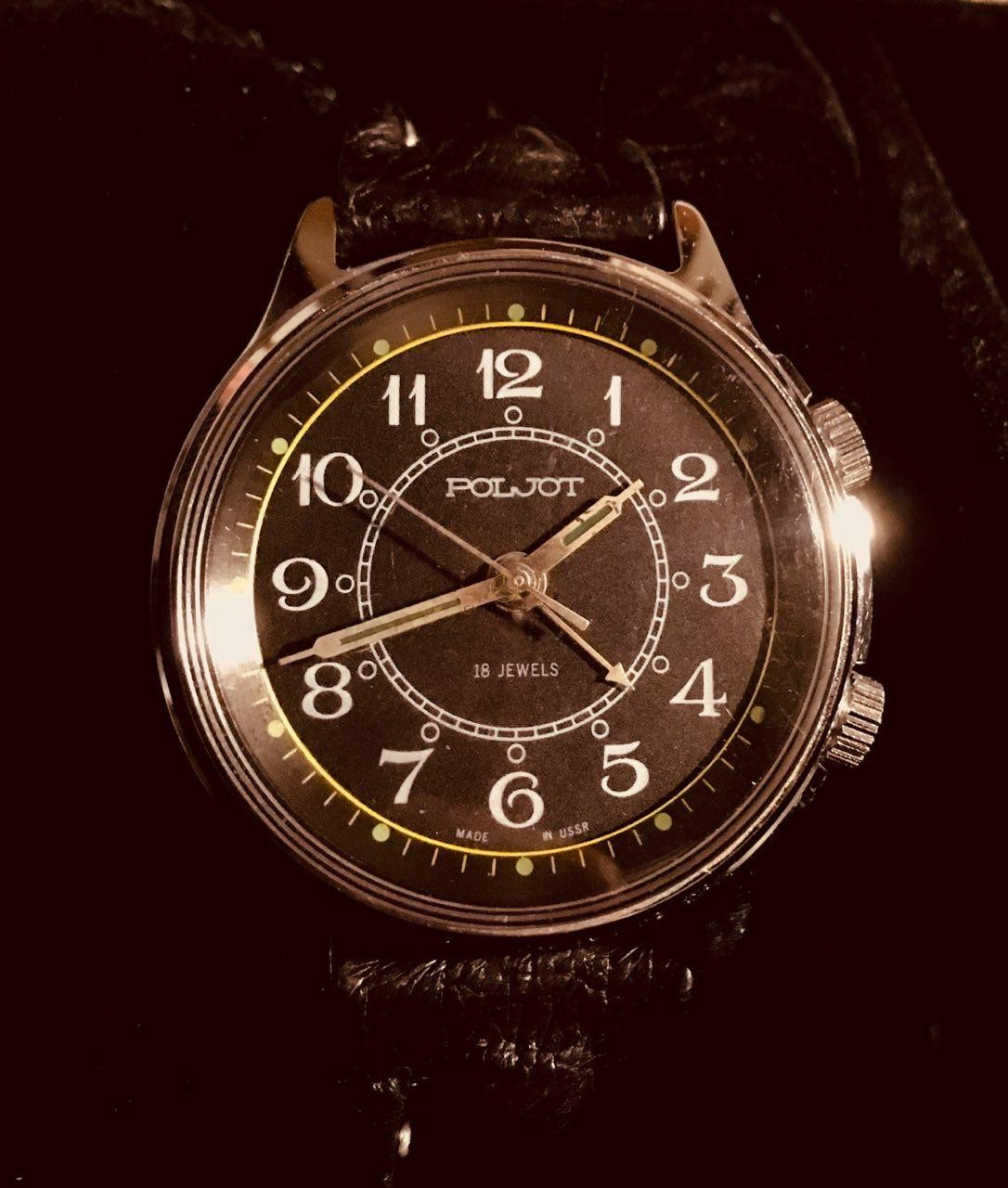
In the image above, a Poljot from the XNUMXs, equipped with an alarm clock function, in which the presence of writing in the Latin alphabet instead of Cyrillic reveals that this particular specimen was destined for export.
The USSR watch sector, which reached its peak in the XNUMXs and XNUMXs - Vostok alone makes four million watches a year, more than the entire Swiss watch industry - falls victim to privatizations and the serious economic crisis, which endangers the very survival of Russian statehood in the XNUMXs. Today only two brands remain in production: Raketa and Vostok. The Vostok, although downsized, survives, adding to its traditional models, the Komandirskie and the Amphibia, some new lines. Similar speech for Raketa, who resists with his historic manual winding movement and some quartz productions.
Soviet watchmaking and the space race
In this article, divided into two parts, we deal specifically with those models that make their contribution to the space enterprises of the USSR. Other Socialist Bloc watches, with undoubtedly original technical characteristics, will be the subject of separate discussion.
1961: The first clock in space
Few people know that the first watch to fly into space does so "on the wrist" of a dog and in violation of the rules of the Soviet space agency. Not only that, this watch is a humble Pobeda.
First things first.
Pobeda is an economic brand wanted by Stalin, who finds it unacceptable for Soviet soldiers to swap their personal items for American watches in occupied Germany in 1945. He then orders that a simple and inexpensive wristwatch be made, with which to equip the most possible number of Russian soldiers and civilians. In just one year the first Pobeda, or "Victory", are distributed in honor of the great victory of the USSR against Nazi Germany.
Below, a poster from Pobeda commemorating the first watch in space. The model pictured here is of current production, bearing the inscription "POCCNN", "RUSSIA", at six o'clock, in place of the Soviet "CCCP"
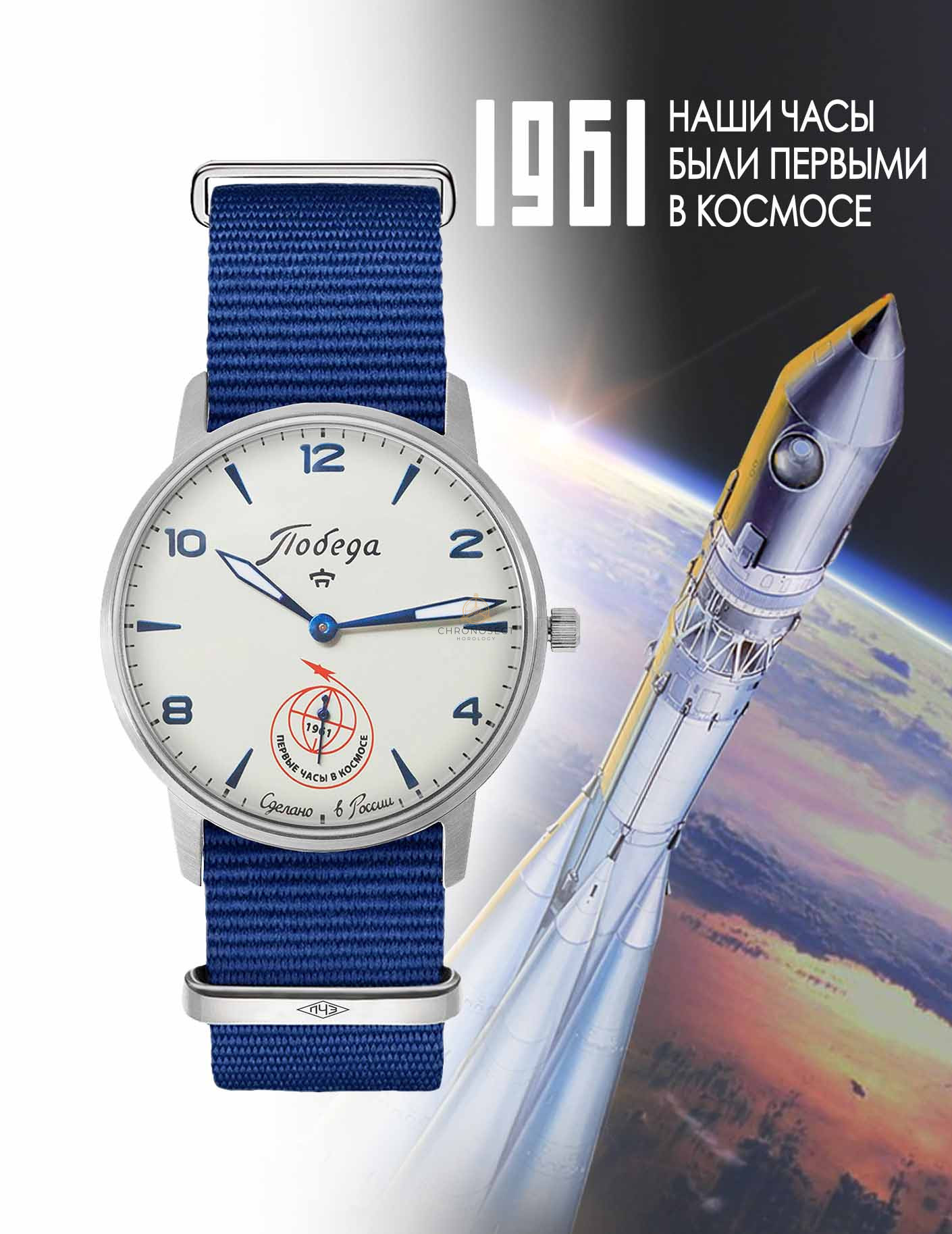
Dr. A. Genin, in 1961, has a Pobeda on his wrist, a simple manual winding time with seconds at 6 o'clock. He sincerely hates it, considering it unrefined and too banal for a doctor who works in the Russian space program: then he tries to get rid of it taking a bath, shower, running, but nothing, the Pobeda resists. Then the right opportunity presents itself: Chernushka. Chernushka is a dog who is about to be sent into space, only to return to earth. The dr. Genin, believing that the animal has little chance of returning, fastens the watch to the dog's paw, imagining that the dog and the watch will be lost in space. Fortunately, Dr. Genin, as he had made a mistake, believing he would ruin the Pobeda with a swim, is mistaken in believing he will never see his dog and watch again: the mission is completely successful, and Chernushka returns safe and sound. The recovery team finds the watch, traces it back to the owner, and a reprimand is sent. Genin has in fact conducted an experiment not authorized by the Russian space agency, including a foreign object in the capsule. It is only at the end of the Cold War, in 1989, that the watchmaking world becomes aware of this story, when an elderly Genin appears on television, showing the letter and the clock, still working, which he has evidently become fond of in the meantime. . Below, the still image showing the Pobeda who went first into space, on the "wrist" ... of a dog!
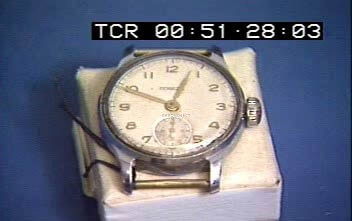
Gagarin and his Shturmanskie
The first watch to go into space on a human's wrist is the Poljot Shturmanskie, also in 1961, on 12 April. The man who carries it is, of course, Major Yuri Gagarin, who received the Shturmanskie - a term which means "[the navigator's watch]" -, like all his fellow aviators, when he qualified as a pilot at the Air Force Academy. , in 1957. It is a simple, one-time hand-wound watch with seventeen jewels, equipped with anti-shock. The main concession to the peculiar operational needs of the Air Force is the mechanism that stops the motion of the seconds hand when the crown is pulled out. Known as "hacking," this system allows crews' watches to be precisely synchronized before flight.
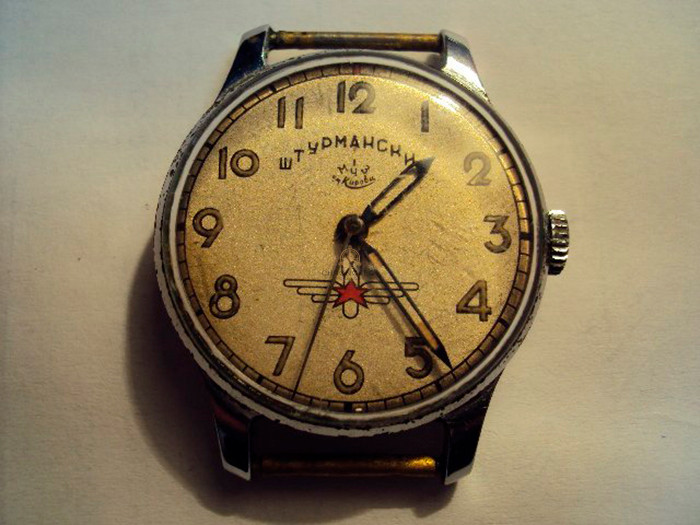
The Shturmanskie, already known as equipment of the pilots of the agile MiG, acquires great popularity as a result of this feat. Indeed, it is considered the first clock in space for almost thirty years, at least until the military secret is raised and the story of Genin, his Pobeda, and Chernushka, made public.
The Moscow-based company therefore decides to keep the model name through the various technical updates that follow, even when it is completely distorted by the introduction of the chronograph function. We will see this, and more, in the second part.


